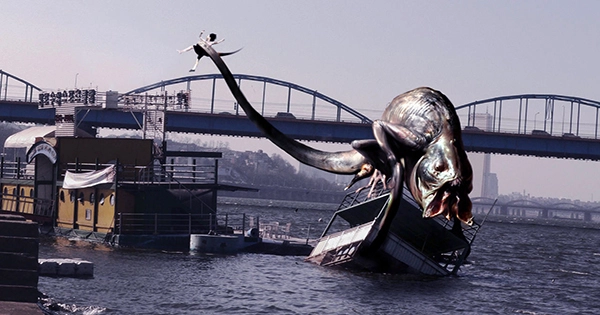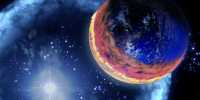Two astrobiologists argue that if alien civilizations bloom and die like our own, it might explain why we haven’t encountered any. This might explain the Fermi Paradox while avoiding the doom and gloom of so many other solutions to the aliens’ whereabouts. According to the researchers, just as cities and nations collapse due to fast development, species on the verge of space exploration may also fail. Those who know the hazards may thrive endlessly, but not far enough to reach us, whilst others will collapse and fail to make contact.
The Fermi Paradox begins with the observation that the cosmos contains an enormous number of planets and that these numbers indicate that some of them are likely to be inhabited. As a result, we may anticipate some to develop spaceflight technology and occupy the cosmos. As a result, according to the paradox, they should already be here – yet we haven’t seen them. In the Journal of the Royal Society Interface, Dr. Michael Wong of the Carnegie Institution for Science and Dr. Stuart Bartlett of Caltech believe that civilizations on Earth tend to run into difficulty when they expand too much. They conclude that the same will hold true in space.
If this is the case, any civilisation that extends too far would disintegrate, with disastrous effects, long before they can discover the majority of the cosmos. Wise species, on the other hand, would recognize their boundaries and cease long ahead of time, leaving the great majority of star systems intact. We wouldn’t know about them unless a stable civilisation occurred to be quite close by in astronomical terms. Of course, the assertion is now unprovable — but the suggestion that we need to know our boundaries rather than push past them has broader ramifications.
The authors believe that planetary civilizations eventually link to the point where they resemble a single global city. Wong and Bartlett write, “In some senses, a city is a superagent consisting of individual human beings, akin to a multicellular creature that is a superagent composed of individual cellular agents.”
They do, however, refer to research indicating that, in contrast to biological processes, cities develop attributes like energy consumption superlinearly — expanding faster than their size expansion. This results in “singularities,” when population and energy demands become unlimited. Initially, breakthroughs – whether technical or territorial victories – postpone collapse, but only for a little time. Cities will eventually develop so quickly that innovation will be unable to keep up.
“If a civilisation obtains the skill to comprehend its own trajectory, it will have a window of opportunity to effect a fundamental transition to prioritize long-term homeostasis and well-being above unrelenting progress,” the report claims, referring to this as a “homeostatic awakening.” Civilizations who do not attain that awakening, in this perspective, are too preoccupied with warring over the shards of their past glory to go out exploring the cosmos.
According to Wong and Bartlett’s theory, the cosmos is populated by short-lived civilizations that value development and long-lived civilizations that favor balance. This scenario may sound gloomy to those who dream of a galactic federation boldly venturing where no little fuzzy creature has gone before, and it is in some respects. However, it appears to be superior to many options. Some have claimed that collapse is unavoidable, without providing a way out through homeostatic waking. Others believe that in order to create a noticeable presence, technologically superior aliens must all be psychotic, disunited, or paranoid.
















